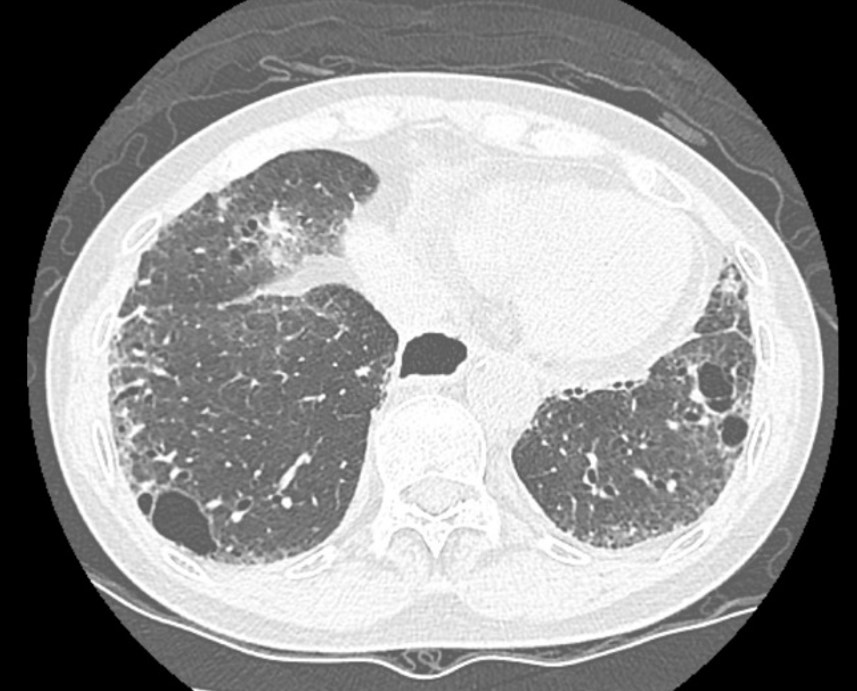Sjögren syndrome is a chronic inflammatory disease that most frequently affects the functions of the lacrimal gland and salivary gland. Sjögren syndrome can be divided into primary and secondary Sjögren syndrome with a ratio of 50% respectively.
Primary Sjögren syndrome refers to the patients without the complication of other rheumatic diseases. Secondary Sjögren syndrome refers to patients with not only Sjögren syndrome but also the complications of other rheumatic diseases such as rheumatoid arthritis, systemic lupus erythematosus (SLE), systemic sclerosis, dermatomyositis, or polymyositis1.
The exact cause of Sjögren syndrome is not fully understood, but it is known to be related to autoimmune dysfunction, as the lacrimal and salivary glands are attacked by the immune system, leading to decreased function. 1.
Common Clinical Symptoms of Sjögren syndrome
- Xerostomia: Patients often feel dry mouth and need to drink lots of water. Patients sometimes could wake up at midnight due to dry mouth, affecting the sleep of patients. In some severe cases, patients will cough nonstop due to dry throat or bronchitis.
- Xerophthalmia: Patients not only have fewer tears but also have more common symptoms such as foreign body sensations in the eyes.
- Others: Some patients will have dry skin or dry vagina1.
Sjögren syndrome not only lowers exocrine gland function, and produces dry mouth and xerophthalmia but also could result in systematic involvement such as affecting the musculoskeletal system (arthralgia or arthritis), respiratory system (interstitial lung disease), renal and urinary system (interstitial cystitis), and nervous system1.

interstitial lung disease
Sjögren Syndrome Treatment
- Drink more water and pay attention to oral hygiene.
- Eat dried plum or sugar-free gum as well as other food that stimulates the secretion of the saliva gland.
- Artificial tear.
- Immunomodulator: plaquenil1
- Parasympathomimetics: Can promote saliva gland secretion such as pilocarpine (Salagen) or cevimeline (Evoxac)1.
The priority of treatment for Sjögren syndrome places is projected to reduce syndromes. Patients can change lifestyles and the environment, avoid long-term stays in dry environments, drink more water, or chew gum to reduce symptoms of dry mouth.
Patients with severe xerostomia symptoms should avoid food that is too dry or should eat with drinks or soup.
Artificial tears can improve symptoms of dry eyes. Some ophthalmologists use the method of blocking the nasolacrimal duct1 to increase the retention time of tears in the eyes, which can also improve dry eye symptoms in some patients. Moreover, eye drops containing immunosuppressant1 are effective for reducing the inflammation of the lacrimal gland and thereby improve the problems with deficient tear secretion.
Some patients with severe xerostomia might need medicines to directly stimulate saliva secretion, such as pilocarpine, and cevimeline to improve the symptoms.
Some female patients will suffer pain in sexual intercourse due to dry vaginas and can use lubricant for improvement.
Disease-modifying anti-rheumatic drugs (also known as DMARD) such as hydroxychloroquine (Plaquenil) can reduce the production of autoantibody and lower excess immunoglobulin.
If the patients suffer from Sjögren syndrome with major organ involvement such as interstitial pneumonia, hepatitis, cutaneous vasculitis, neuritis, and even lymphoma, the patients will need to frequently take corticosteroids or other immunosuppressants to improve the condition of the disease.
Except for the annoying xerostomia and xerophthalmia symptoms, most patients with Sjögren syndrome will not face other major health problems and live like ordinary people.
Early diagnosis, living style, and environment change, as well as full cooperation with physicians, will be the key factors of improvement and prevention.

